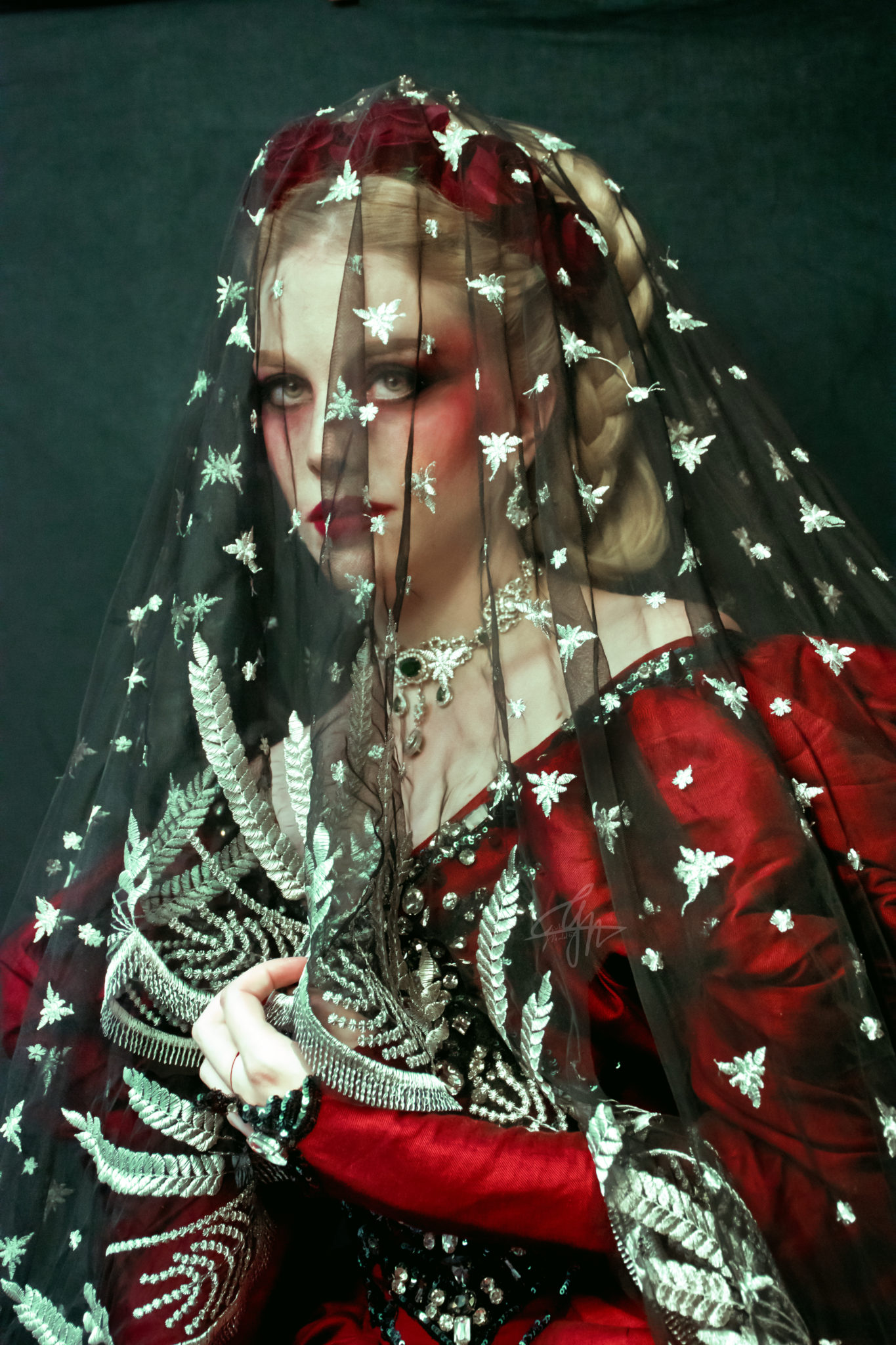
This is a tricky post to write. I won’t say names, and I won’t share pictures, because it would be quite rude. So many of you will feel like I’m talking to them.
I might be, I may not. But that’s the core of the matter: if you think you can improve what’s listed, you surely will. If you think it’s not about you, this post won’t help. And this post is about critique, but in a positive way, to help you grow.
Moreover…this is my own blog. In the end I don’t have to please everyone, because it would be impossible. So if you come here, you come to see my point of view. You’re free not to share it.
And…as I won’t share pictures from others in this article, I will share some of mine that I like, and that are not linked to the content of the post. I hope you’ll enjoy them anyway!
So let’s get to business: how many times do you look at a photograph and think “Oh! It’s pretty, but there’s something I can’t quite explain, it looks somewhat cheap, clumsy, amateur. It could have been so beautiful!”.
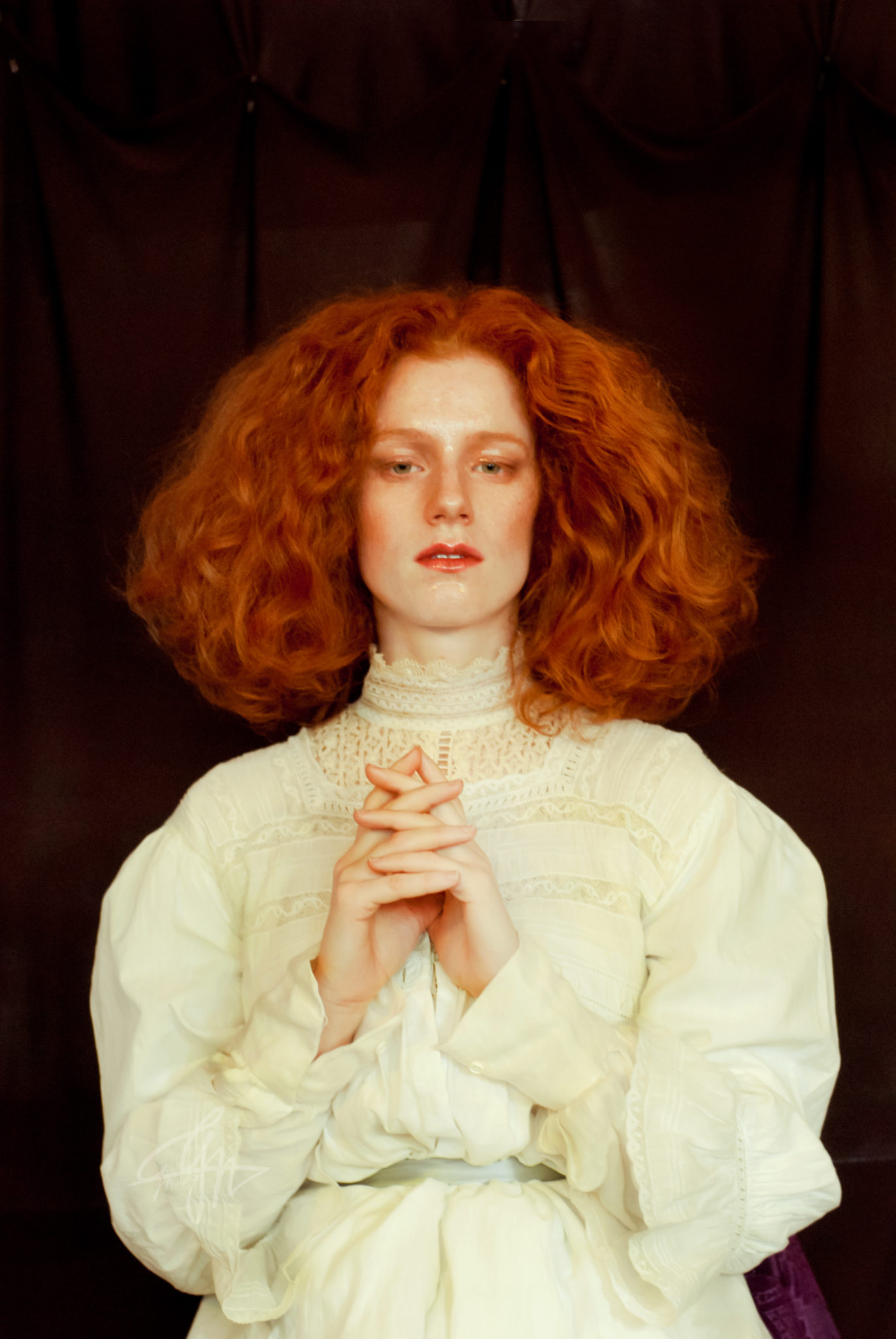
And the more you know about costumes, or makeup, or hairstyling, the more it happens.
Some of the most beautiful images we take as inspiration are usually the outcome of the work of many professionals: model, photographer, designer, make up artist, hairstylist, maybe even a stylist for the whole thing and various assistants. Those photographs are so grand and inspiring because all of those skills get in their perfect place, like in a mosaic or a puzzle.
The ideal photo is created when the whole team works in harmony. However sometimes we have to work with less people, and we have to manage with what we’ve got. Sometimes even these things turn up to be great! But sometimes you can see the photographer and the model literally had no idea of how bad some costumes can look on the final result. They don’t have the skill set to understand why, in detail, the taste and the experience. But in the end “something” is missing from the final picture, something that makes it one step away from the jaw-drop-worthy result we all want to achieve.
Now I have a few years of experience on my back, and I have gained some skills not only as a designer, but as a model, a photographer and also somewhat as a retoucher. I do some makeup (though a professional will always do better) and I have some experience with wigs. This means I have a good overall understanding of what builds up the final aesthetic. If you are a photographer or a model and don’t make all the other things yourself…you need to train your eye, there’s nothing wrong with it, as long as you aknowledge it! As a photographer can see when something is slightly out of focus, if the color palette is unbalanced or if the resolution for the media hasn’t been optimised, all the other professionals see similar details for their own field. Those little tiny things that tarnish the final luster and make the thing look more amateur-ish. A beginner could say “it won’t show”, but you know it will and it could spoil the result. One of these things alone won’t compromise the finished thing, but every one of them makes you take one step backwards in your path to the perfect image: asymmetrical makeup, bad skincare, unflattering pose or light, you name it. You know how these things work in your field. So you can trust me when I say they matter a lot in the others as well!
We can’t know all about all the subjects: we only have one life to specialise in one thing. BUT we can train our eyes to catch the most relevant problems with the rest. Especially if we consider that the more profession-oriented your eye becomes, and that happens when you specialise in one field, the moreyou become blind to what happens in the other fields. Sounds weird, but it happens very often. So many times I see costumes that look bad only because they’ve been caught from the worst angle or because they just needed a pin. So many times I’ve been told “oh, don’t worry, I’ll fix that with photoshop”and the fix was very visible.
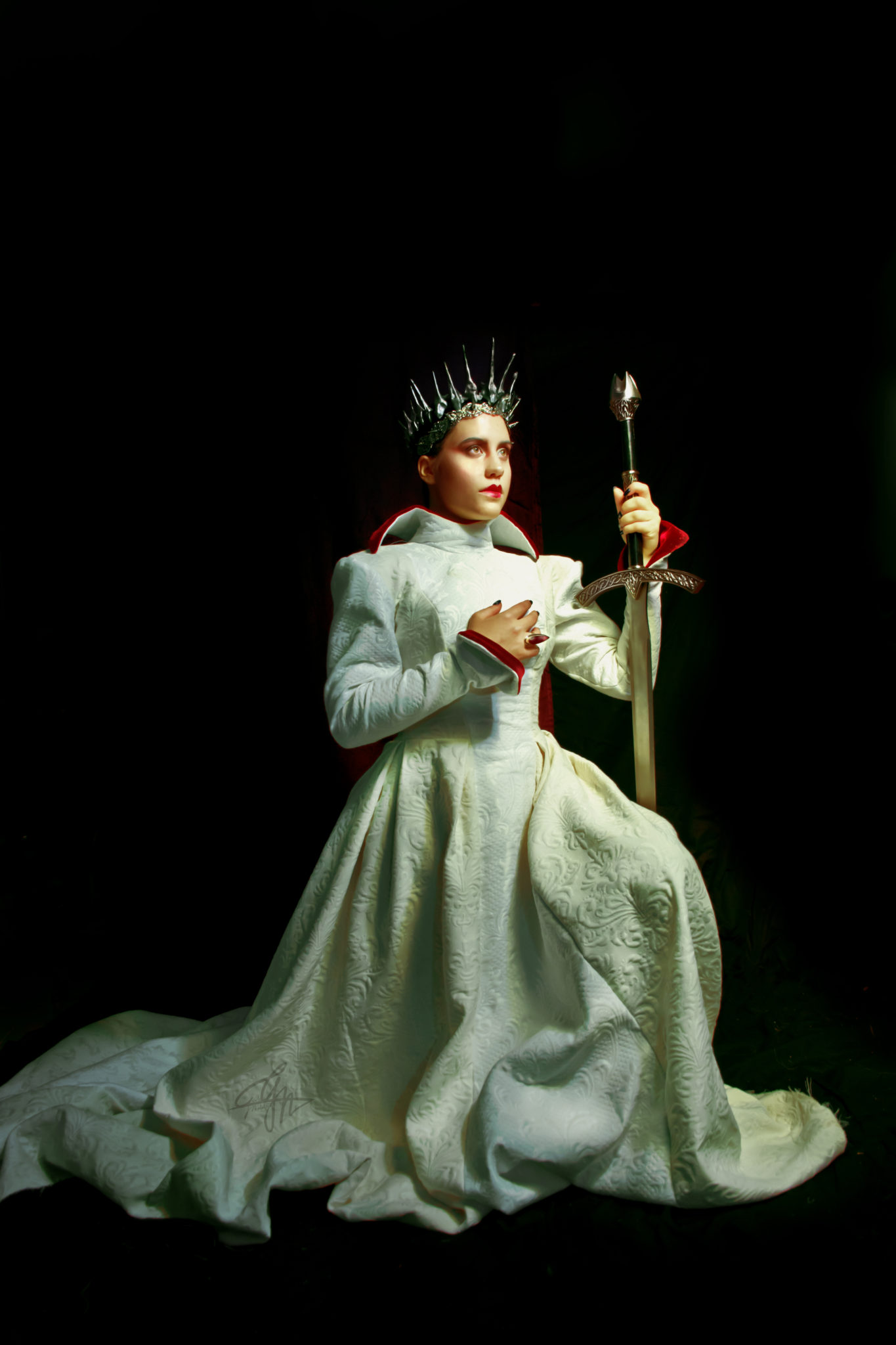
Here is a little guide on how to choose costumes and accessories to make your work look like a million dollars. And you will be surprised on how some of these concepts can work in all the mentioned-above fields, yours as well.
This is the very first mistake every beginner makes. You reach out for the cheap things, thinking you can manage. And there’s nothing worng in having the smallest budgets. There’s something wrong in using it poorly! That’s one of our capital sins.
What do I mean?
If you want to shoot a picture with a crown, for example, don’t buy the plastic ones for halloween.
I know most of photographers will think: “I am a master of my art, I can make it look like solid gold”. Or “It won’t show”.
Trust me, it will look like plastic and it will make your final result look cheap, most of the times. I have seen people do wonders with the fakest of props. But if I have to make a percentage, I’d say that 90% of times photographers and models overestimate their skills in this. 10% of times the stuff looks like gold. And most times the photographer thinks he’s fooled the public, but he didn’t, and the viewers are just being polite enough to not point it out publicly.
So don’t go for the cheapest stuff. Don’t get that huge lurex trim. That lycra thingy, that heat-glued sequins fabric. The cheap tablecloth brocade. Buy smaller things, things that look good in the real life set. Buy less props, maybe things that can work for more than one shooting. Rent and borrow, look for used stuff. Don’t make a new photo every week with new inexpensive props…it shows.
Use the budget for three cheapest things to buy a good one, and that will make ten of your next sets look better, it will take you one step closer to the heaven, and not one closer to hell.
Same budget, better efficiency. Same for costume, for makeup, for everything. I guess it’s the same for your photography gear as well, right?
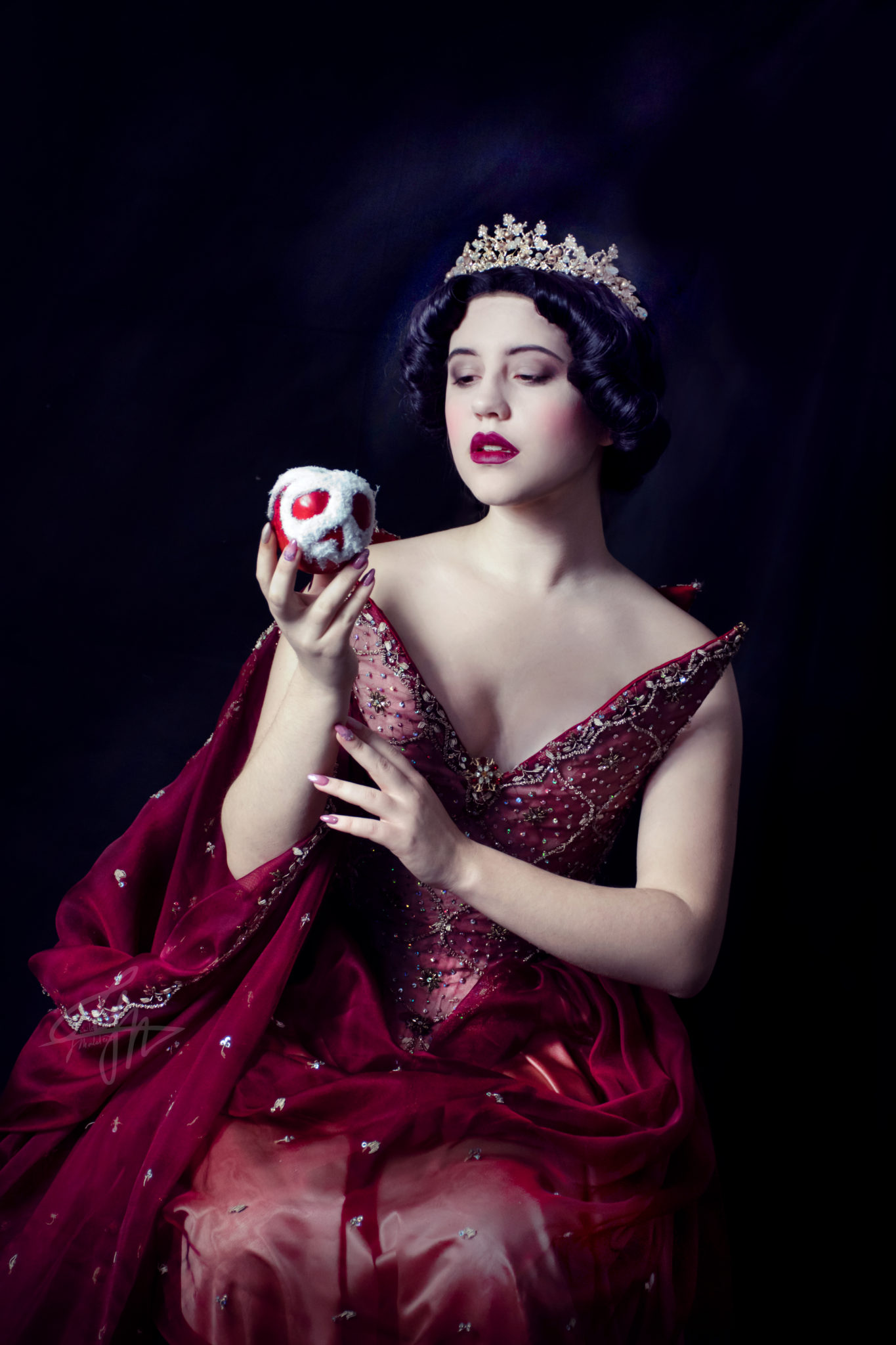
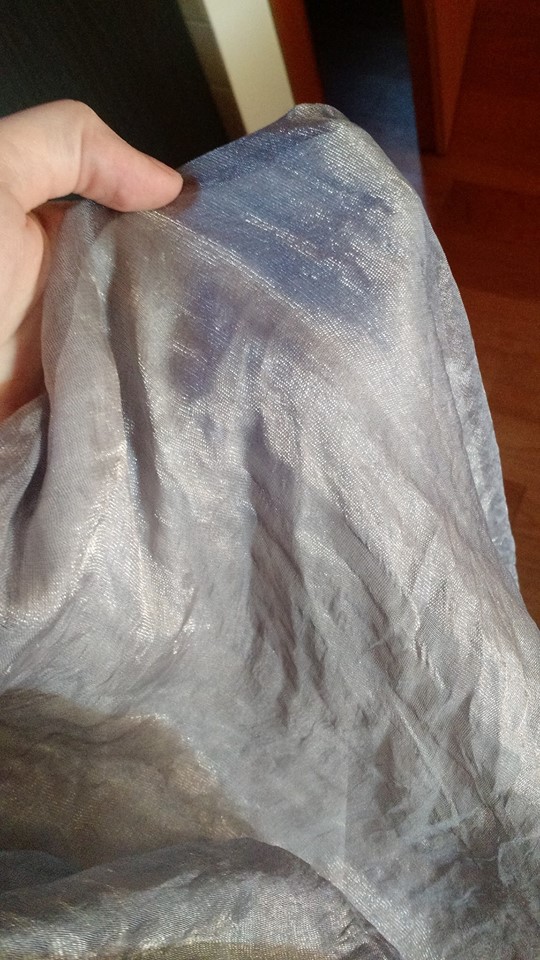
Silk is heaven, polyester is a sin.
It’s hard to make silk look bad in photos. It’s very easy to have a polyester costume that looks like the cheapest halloween stuff from Amazon, despite all the work the cosplayer might have put into it.
There are exceptions. There are good poly satins that are thick and matte. There are nice poly taffetas that are inexpensive and look like silk until you get close. But to know the difference you need experience.
Ask to go fabric shopping with someone who makes good costumes. Remember the brands of cosmetics the MUA uses the most. Ask them to show you their fabric stash and tell you what they love about some fabrics and what they hate about others. Ask to touch, with clean hands.
Because in the end two yards of silk are better than twelve yards of cheap poly satin. The dress will be less grand, but it will look like a million dollars, while the other will look like it comes from Aliexpress. Again, you can make a great dress in poly stuff, if you can choose it well. But 90% of the time…meh.
It’s basically as stated in the previous paragraph, for fabrics as well.
Lack of budget doesn’t make you a designer.
Can’t buy the dress? Collaborate, borrow. You can spend even less by collaborating, than by buying a curtain to drape on a model. The model will thank you. Your wallet too.
Again, there are photographers who can do amazing stuff like that. But they’re 5% of those who try. I know you think you’re one of them. If you think like that…you won’t improve.
Want to have something that is wrapped on the model, for a paid photoshoot? Call a costume designer. There’s no shame in asking for help and collaborating. There’s shame in a poor result that could have been avoided by working with someone who has already gained the skills on that.
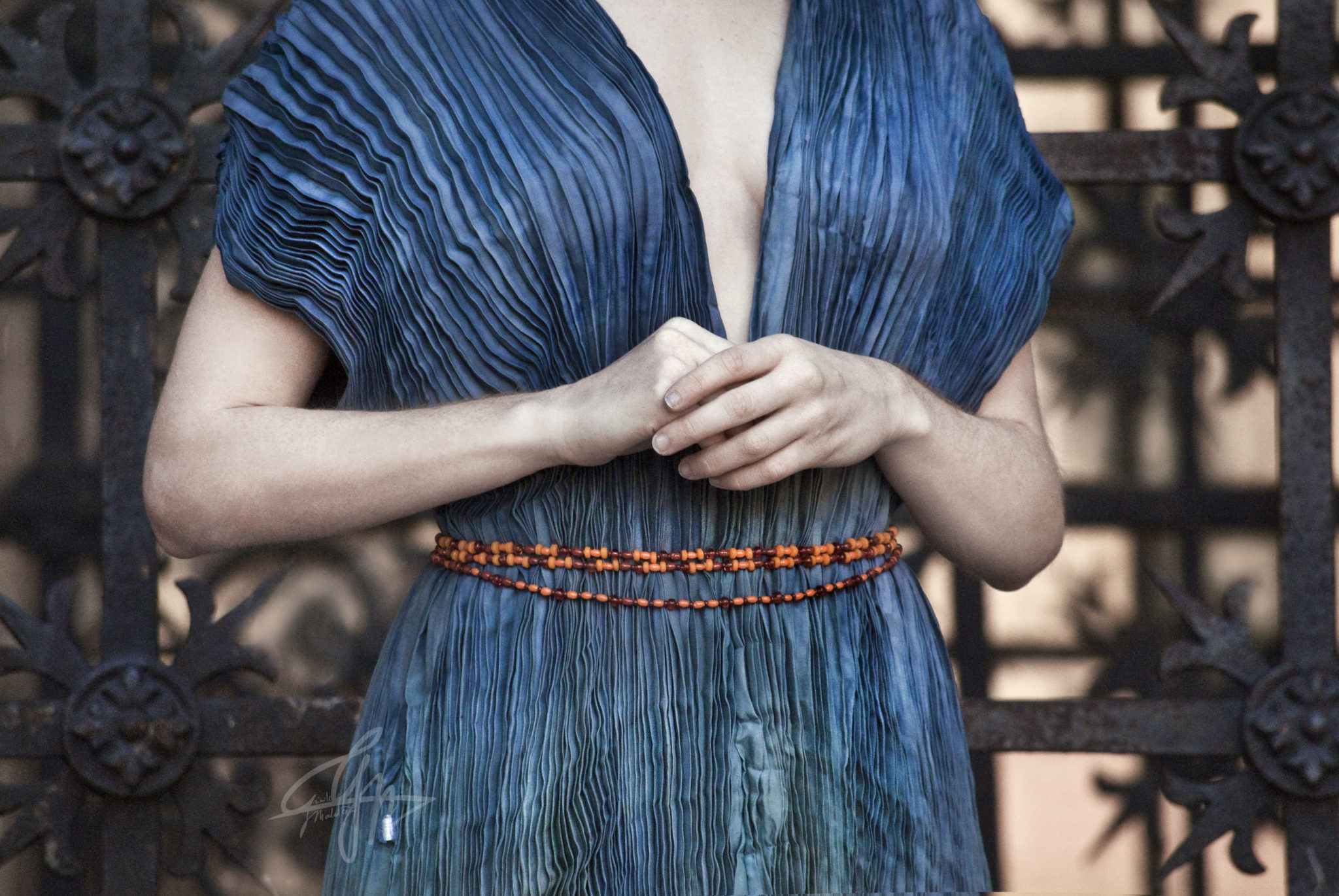
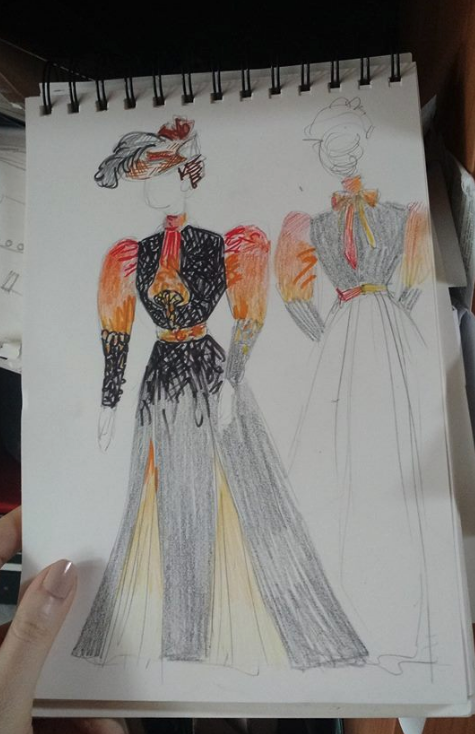
Ok, so basically “get help until you know enough” and spend wisely. But what if you don’t have the chance of doing it?
There’s a thorough post I’ve made some time ago, on How to make your historical costume look good. This may be a bit too in detail for what a photographer needs, but reading and starting to watch costumes with a critical eye will be of huge help. After that, there’s a few more things a photographer will want to look out for, and here’s a short list:
–fabric amount: unless it’s a pencil skirt or a fitted jacket, you want fabric to look abundant. Richness of fabric always helps making costumes look rich. If there’s a hoopskirt, the skirt has to create elegant folds over it. Same for poofy sleeves and such. If you see the fabric pulling…it may not be the right costume;
–cut: cut is about proportions. Are the angles similar to those in the images you picked as reference? Does the neckline look the same? Does the proportion between shoulders, waist and hips look the same?
Also look if the cut is nice for the body it’s on, especially if you’re borrowing a costume or if you’re not using one made by a professional: ask who has made the costume to give you a sketch of what the costume looks like. If you see wrinkles and lines where they don’t appear in the sketch…it’s not fitting properly. Look for wrinkles in places where the tension can be: around the shoulder, around the neck, at the waist, under the armpit.
–structure: I can’t stress this enough. Structure makes things look like a million dollars. Doesn’t matter if you’re using the thing for one shooting only. If it’s a big dress like the ones you’ve often seen here, it needs boning. And not just a corset underneath. You need the boning to stretch the fabric so it remains perfectly smooth all around the torso, so the point of the corset-like-thing doesn’t bend upwards, so you don’t get the unpleasant look of a modern bra underneath some historical costumes. You want plenty of bones: at the very least seven, around the body.
And you want your costume to have layers. If the fabric is the same on the outside and the inside, it’s probably weak and cheep looking.
Again, there are exceptions, but overestimating your luck leads to the results mentioned above.
–undergarments: an other thing people think they can skip unpunished. You need a petticoat. You do. If you have a ballgown or a princess-themed thing, you do need a petticoat. And if you have a hoopskirt, or paniers, they’re no petticoat. You need to wear at least one petticoat on top of them, with the proper shape for the shape of the skirt. If it’s a light and simple dress like a fairy tunic…ok. But if it’s a gown…
You also need a corset. Unless the dress is built on a corset or pair of stays. Bones on the outer gown usually aren’t enough. And you need a proper corset, not those tube-things that give you no shape. You want a waist.
–steaming: I know you think you can iron one dress in photoshop. Fix all the wrinkles, bend the folds, soften the creases. And you will surely promise to do so. But you will probably forget, as all photographers do. Or you’ll do it in a very visible way. Again, don’t think you’re too good for that or lucky enough. Build your success on a solid ground.
There are very cheap and effective portable steamers that with a ten minutes work can avoid you half an hour of work on the image, and grant a nice result that doesn’t look fake, keeping all textures perfect and proper, the light on every gentle fold realistic, because it will be real.
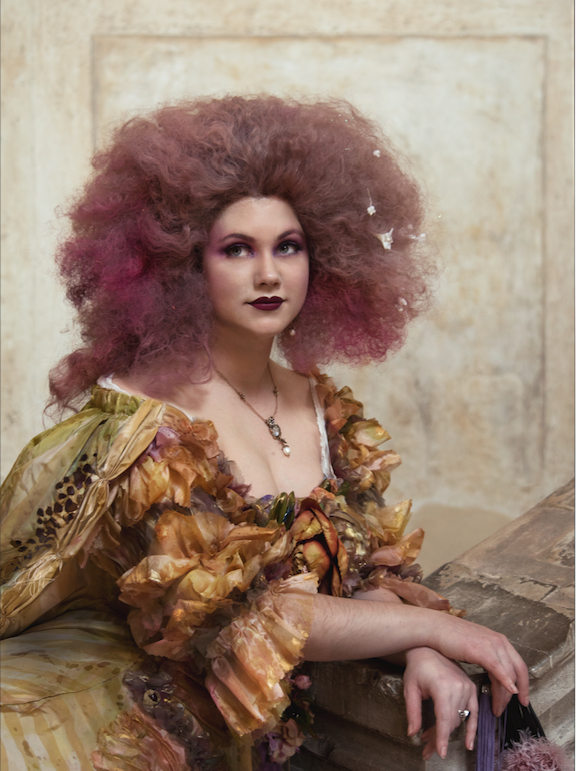
A bit obvious, maybe. But it’s not. And it’s the fastest way you can learn. Work with a costume designer or a skilled cosplayer, see how they fix the dress before you shoot. It’s the same with other professionals. See how the hairstylist finishes the styling and sets flyaways, see how a makeup artist prepares the skin before applying the first layer.
Seeing their fine work will help you build your own visual standard, and little by little you’ll start noticing little things to fix when you don’t work with them. This doesn’t mean you won’t like what you loved before: this means you’ll be able to give a name to all those things that made you say “meh”. And if you can you name it, you can find out how to overcome the problem.
Surround yourself with artists better than you, learn from them, drink with your eyes with thirst for knowledge and beauty, and it will pay back.
I know you can think you can skip each of the things above. And compromise. And of course, you can do as you want, with your work and your time.
But if you struggle to get that perfect image that everyone will dream of, those images that inspire others, try to work on these things. Before you will know, your photography will have made a step forward, and you’ll notice people reacting more to it. Because the average person doesn’t have such specific knowledge, it’s very true. But at the same time even those not used to scanning images to read the techniques behind them know when something’s wrong, or where something looks cheap. They might not be able to say what it is, or why they don’t like the image as much as others, but all those tiny and time consuming details build up quality that people can feel, even if they can’t name it.
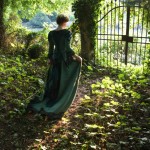






I loved this. I feel that you wrote so well what I’ve been screaming into the void for years. It’s always incredible to hear the inner workings of the mine of an artist- especially one I admire so much. .
I’m so glad you like it <3